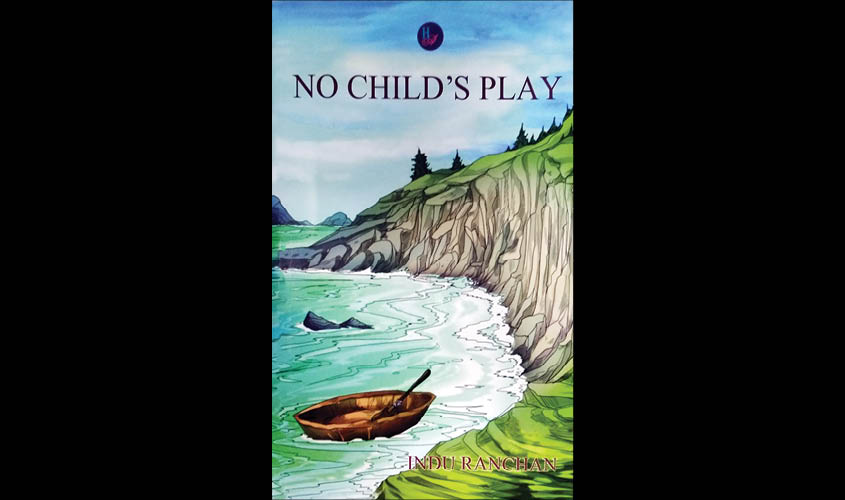Book- No Child’s Play
By Indu Ranchan
Price: Rs 1,495
Pages: 165
Publisher: Har-Anand Publications Pvt Ltd
No Child’s Play, by Indu Ranchan, is an engaging compilation of events that take place in the lives of two kids, Kenny and his younger sister Susie, who have set out on a journey to find their father. The story features fantasy elements, with animals and birds given human voices. These characters also feel human emotions, like jealousy, fear, loss, abandonment and love.
During their search expedition, the kids encounter some dangerous episodes and meet new animals. The trail leads them to a castle where they suspect their father might be found. Here, the children confront technological advances, such as escalators, televisions and other machines they had never seen before. The castle for them is unreal.
The author describes this castle as stunning and equipped all the facilities in the world. It has a “room far beyond the hall through a gallery, and then an open balcony, entering a lobby, and finally into a large room with two single beds. It had beautiful couch, a couple of chairs, end tables, a TV, lamps and what not.”
In the castle, the children meet another human being, named Mr Cast Master, who is a scientist. His intention is to detain the children and to perform experiments on them for his research, and “to turn them into robots by and by”. But soon, Mr Cast changes his mind and lets the children go. By this point of the narrative, the two kids have also found their father.
One of the unique aspects of the book is the way it introduces its intended young readership to a hi-tech world of machines, and the way it portrays technology as a new dimension of fantasy. The kids are astonished by all the fascinating things that they encounter in that castle, as though this was some branch of the Hogwarts.
For example, this is what happens when the kids first see how an escalator works: “Suddenly the very first step on which they stood started moving up step by step. The three of them looked in wonder and awe at how they were being climbed up. Harry [the dog] stood in an inseparable closeness to Kenny’s leg. The adventure of this ride was a little too much for him [the dog]. Finally, their platform blended in with the floor where the stairs ended and they found them docking safely there. The kids with their wide open eyes noted that the staircase after having offloaded its passengers had come to a standstill.”
The story also touches upon two adults: the kids’ father and the scientist. The father, on the one hand, is a person full of life, someone who values human emotions and experiences. On the other hand, the scientist never takes a break from his busy schedule and is stuck in the world of machines. He is, as the author calls him, “a guy with robotic characteristics”.
With No Child’s Play, author Indu Ranchan has penned an allegorical tale of modern life—complete with colourful illustrations—where technology is the magic potion that is both a source of wonderment and of misery. It’s worth remembering that the book was written in a span of three weeks in the year 1995, when technology was yet to lose its shock value and we were yet to become as inured to it as we are today. Reading it now, 24 years after it was written, we still relate with the book’s underlying message, that everything becomes wonderful when seen from the viewpoint of a child.

